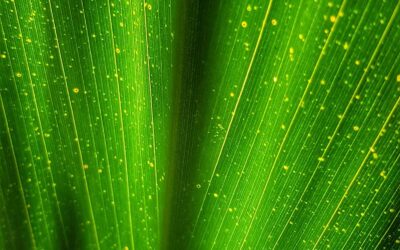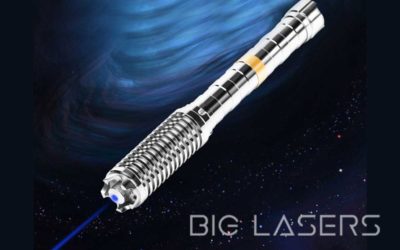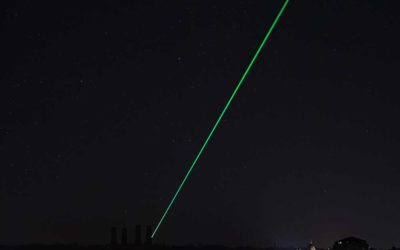Lasers of all shapes and sizes are used for various forms of research around the globe today. Raman Spectroscopy is a method utilized to study rotational, vibrational, and other low-frequency modes within a set system. It basically provides a footprint which allows researches to identify specific molecules chemically. Raman Scattering (or inelastic scatting) is then visible within single-frequency wavelengths of light. Typically the lasers used will be near ultraviolet, near infrared, or with a visible light wavelength but multiple variations can also be suitable.
Raman Spectroscopy at a glance:

785nm Raman Spectroscopy Laser
- Identify specific molecules based on their chemical signature (footprint)
- Based on Raman scattering of light
- Studies rotational, vibrational, and other low-frequencies
- Requires a single-frequency low-noise laser or a fast fiber laser
The way in which the laser beam interacts with the molecules produces results in a positive or negative change in the frequency of the laser light. This then provides data as to which vibration modes exist in the system being researched.
What Is Raman Scattering (Inelastic Scattering)?
Raman scattering, also known as the Raman effect, is a change in the light’s direction along with an exchange of energy. Usually this means an amount of energy associated with vibration is gained by a molecule while at the same time shifting photons from a visible laser beam towards a lower energy output. Chemistry and Physicist researchers utilize this phenomenon to gather data regarding materials for a number of different purposes. Mainly this is done through using different types of Raman Spectroscopy devices. This can reveal not only vibrational energy but also rotational energy and electronic energy.
Most Common Wavelengths
For visible light 532nm green will be commonly used and for Infrared wavelengths 785nm is commonly used. One benefit of using a 785nm for Raman Spectroscopy is that it limits autofluorescence of the material in question. Fiber coupling is also used to maintain a single frequency and increase the intensity through a microscope which can target specific compounds or molecules.
For the best 785nm Raman Spectroscopy Laser for your upcoming research project, contact us today for a quote and specification information right here at Biglasers.com 1-877-256-6513





